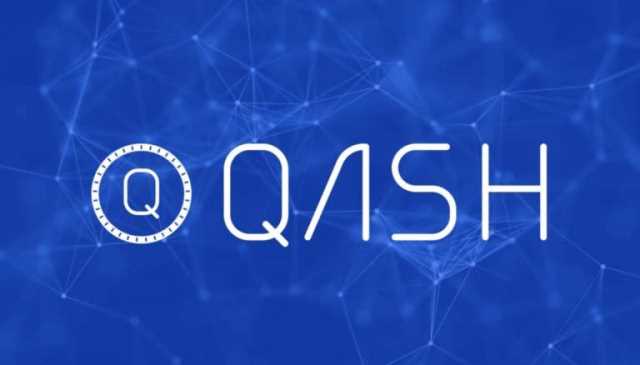Block hashing algorithm Bitcoin Wiki

Given how deeply hash function security depends on collision-resistance, let’s take a deeper dive into this property. If the hash does not meet the criteria of network difficulty, another nonce is selected and hashed. Miners probably have to generate many hashes with many nonces until they find a nonce that meets the difficulty. This is the repetitive and energy-intensive process known as Bitcoin mining which requires extensive computational power. The term “hash function” is derived from the French word “hacher” which means to “chop into small pieces”, indicating how a hash function is designed to “chop” the data.

Everything you always wanted to know about bitcoin hashing, but were afraid to ask.
The blockchain is a linked list that contains data and a hash pointer that points to its previous block, hence creating the chain. A hash pointer is similar to a pointer, but instead of just containing the address of the previous block it also contains the hash of the data inside the previous block. This one small tweak is what makes blockchains so amazingly reliable and trailblazing.
Simple hash functions in Python
It is able to receive any form and size of data, including digits, letters or even larger media files, and translates them into an alphanumeric string of a certain size. Standard and popular sizes include https://www.tokenexus.com/ the 64-bit, 128-bit and the 256-bit. A transaction is confirmed when it is included in a block and added to the blockchain. Once a transaction is included in a block, it receives its first confirmation.
Who are Miners and What are Nodes?
Used for hashing block headers, transaction data, and mostly anything that needs to be hashed in Bitcoin. This is just for my reference if nothing else, as I keep forgetting what each of these terms mean when reading about secure hash functions in textbooks. In a cryptocurrency blockchain, a hash is a deterministic hexadecimal number. This means that no matter how many characters the input has, the hash will always be the same number of characters.
Generating a collision

Another type of data structure, a hash table, is frequently used for rapid detection of any two identical hashes (hash values). Miners arrive at this hash by applying SHA-256 hash function to block header, but this process is not so simple as it looks. To obtain the acceptable hash, miners need to play with the ‘nonce‘ in an incremental way. In short, remember that hash functions take in binary data as the input, so we need to be specific about the binary data we want to insert. However, before it gets converted to an address, it gets put through a hash function to shorten it to a 20-byte public key hash. This allows you to reference coins created in previous transactions as inputs for spending in future transactions, as well as being able to search for transactions in a blockchain explorer.
Hash functions in the mining process

CAS systems work by passing the content of the file through a cryptographic hash function to generate a unique key, the “content address”. The file system’s directory stores these addresses and a pointer to the physical storage of the content. Storing all user passwords as cleartext can result in a massive security breach if the password file Bitcoin Hash Functions is compromised. One way to reduce this danger is to only store the hash digest of each password. To authenticate a user, the password presented by the user is hashed and compared with the stored hash. A password reset method is required when password hashing is performed; original passwords cannot be recalculated from the stored hash value.
What is a hash Bitcoin
In order for a block to be added to the bitcoin blockchain, miners must find a hash that meets the predefined difficulty level. In order to introduce a certain degree of stability and low latency in Bitcoin transactions, the network is designed to produce one block every 10 minutes. With every 2016 blocks, all Bitcoin clients compare their performance to the average time, set at two weeks. Based on the percentage difference, the target is modified accordingly, making the PoW equation more or less challenging.
- This connects all the blocks in the blockchain together, and prevents anyone from changing the contents of a block anywhere in the chain.
- The nonce will usually be different, but it increases in a strictly linear way.
- They are the building blocks upon which the technology was developed, and without them, the entire cryptocurrency ecosystem would cease to exist.
- The target at the time writing should be an alphanumeric number which must have 18 or more zeros and should be less than the target value.
- So, in order to restrict block creation, a specific difficulty level is set.
- The MD5, SHA-1, SHA-256 and SHA-512 test results based on two cases with short string (36 and 49 chars) and longer string (72 and 85 chars).
In this article, we will go through what is Bitcoin hash and what is a good hash rate for Bitcoin mining. Nodes are computers connected to the Bitcoin network that disseminate, validate, and store blockchain data. Miners solve a cryptographic problem based on SHA-256 to add a new block to the blockchain. The task involves finding a value such that the hash of the block header is less than a certain target value. However, it is possible to compute the input given the output hash value, and that involves lots of computing power.
